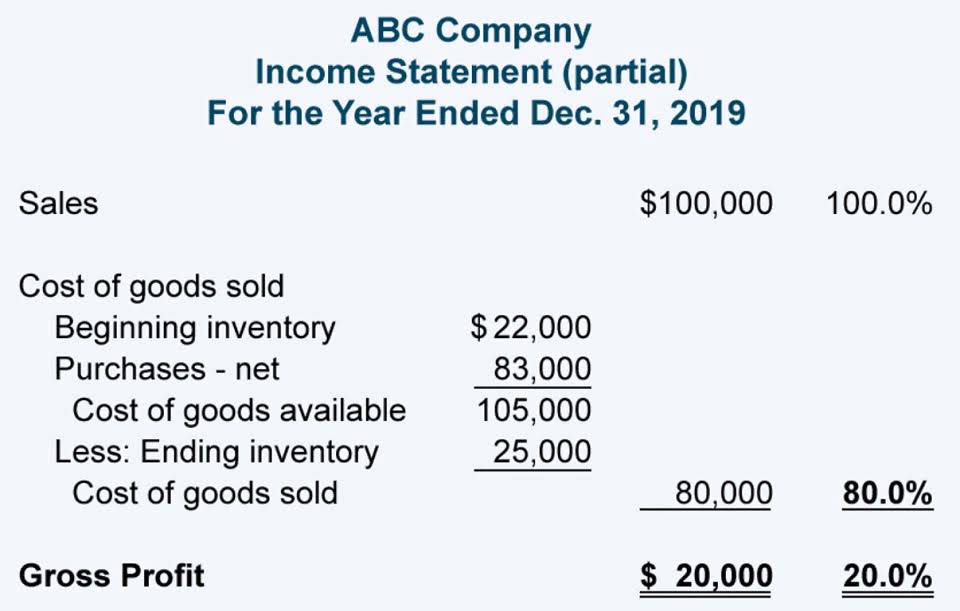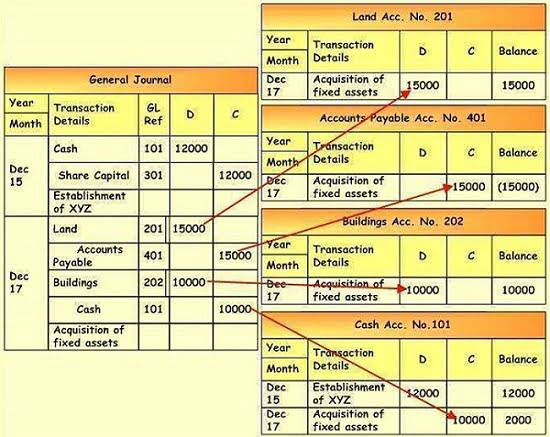How to Setup a QuickBooks Chart of Accounts for a Law Firm

Whether you mismanage the accounts, put funds in the wrong account, accidentally use funds, or fail to report correctly, trust accounting errors are a big deal in accounting for law firms. Trust accounting mistakes can lead to penalties, suspension, or even losing the right to practice law. By using sound bookkeeping practices to keep accurate records and consistently review the firm’s financial statements on a monthly or weekly basis, you’ll see your firm’s true financial picture. Committing to accounting for law firms will allow you to be better equipped to identify growth opportunities. Financial transactions are usually recorded using a standard set of methods and processes.
- Conversely, cash basis accounting recognizes revenue when you’re paid (i.e., when the cash is received) and expenses when they’re paid.
- These are just a few tips, and in the video, I demonstrate how to import a chart of accounts.
- Tracking these metrics provides valuable insights into the areas where your practice excels and where improvements may be needed.
- A trust account is a special bank account where client funds are kept safe and in a separate account from law firm operating funds.
Do I Need Historical Bookkeeping If I Haven’t Filed My Taxes In Years?

As mentioned above, equity is one of the so-called balance sheet accounts, as it appears in the balance sheet. law firm chart of accounts Equity is listed alongside liabilities, representing the shareholders’ stake in the company’s assets. The total equity amount reflects the company’s net worth or book value, which is the value of the assets minus the liabilities. Manually tracking hard and soft law firm expenses can become time-consuming.

Law Firm Chart of Accounts and General Ledgers Made Easy

By ensuring that compensation is accurately tracked through efficient bookkeeping for lawyers, your firm can better manage payroll and stay compliant with employment regulations. Although you may not have studied accounting/bookkeeping in college, it’s important to understand your firm’s financial big picture to maximize your business profit and ensure compliance. This overview covers the elements that comprise a standard accounting chart, along with practical tips for implementing the chart into your firm. By including general retainers in a law firm’s chart of accounts, you can more easily monitor these accounts.
Common legal accounting and bookkeeping mistakes

To set up a trust account with the help of LeanLaw, you go to the QuickBooks Online integration setup and how is sales tax calculated LeanLaw immediately spots the IOLTA bank account and our operating or checking account. LeanLaw will show you how to setup and use trust accounting in QuickBooks Online with and without LeanLaw. Your law practice can do it the hard way, without LeanLaw, or you can do it the easy way.

Liabilities are important for law firms because they show what the company owes to other people, either now or in the future. They are usually categorized as either current or long-term in accounting, based on when they are due to be paid. Accounting is the process of writing down, categorizing, summarizing, and making sense of a business or organization’s financial activities and events.
- Whether you need to provide clients with detailed billing statements or analyze quarterly profitability, your COA will serve as the foundation for these reports, saving you time and effort in the long run.
- For example, if you purchase office supplies for your business, you should have an “Office Supplies Expense” account.
- Regularly reviewing and updating the Chart of Accounts is crucial to ensuring alignment with the firm’s evolving financial requirements.
- Let’s take a look at some practical advice and strategies to simplify the creation and maintenance of these crucial accounting components.
- Income refers to the money a law firm earns from providing legal services, while revenue encompasses all the funds generated by the firm, including interest and other sources.
- You’ll obtain important insights into your company’s financial performance and strengthen your ability to make data-driven decisions by putting in place a more comprehensive chart of accounts.
- Ultimately, a robust Chart of Accounts will contribute to the growth and success of any law firm.
- The bank then forwards the interest earned on IOLTA accounts to the state bar.
- Organizations began creating their own lists, called charts of accounts, to categorize and organize their financial transactions systematically.
- By integrating with other accounting and legal practice management software, InvoiceSherpa streamlines the entire process, making it easier for law firms to stay on top of their receivables.
- With QuickBooks, lawyers can easily conduct three-way reconciliations, saving time and reducing errors.
They also need to make sure their accountants understand how law firms work. This way, the law firm can stay out of trouble and keep good records of all its money matters like trust accounts and tax returns. Trust accounting requires law firms to meticulously track transactions coming in and out of trust accounts. If lawyers have a pooled trust account with multiple clients’ funds, they must also keep track of transactions made with each client’s funds. When done correctly and consistently, legal accounting can help law firms better manage expenses and costs and identify opportunities for increasing revenue. AI in Accounting Proper accounting records can also help lawyers make informed, data-driven decisions for their firms and can aid in financial planning for greater long-term success.


